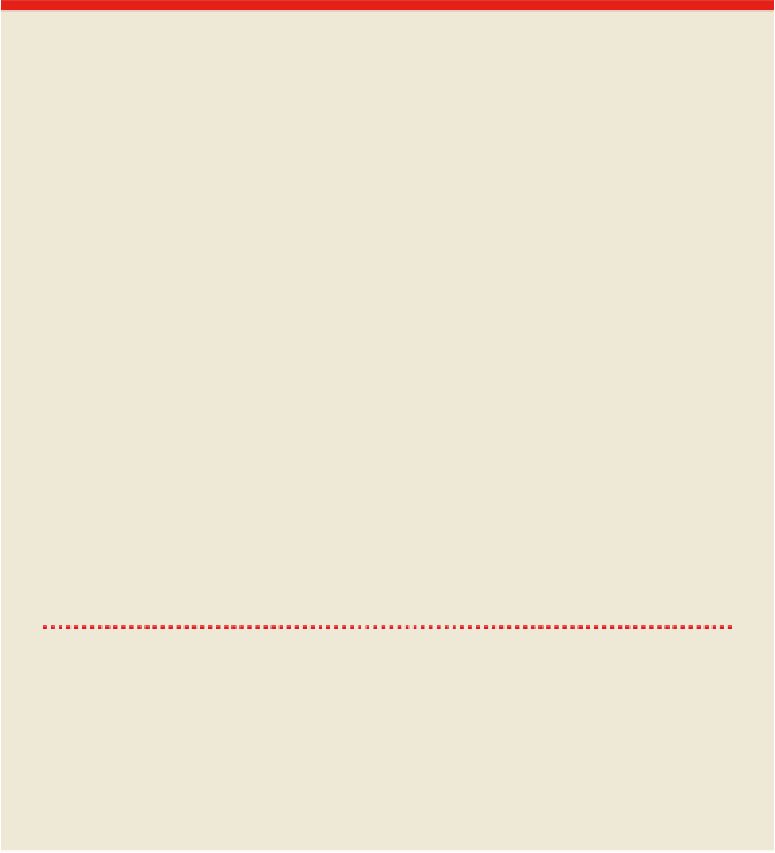Travel Reference
In-Depth Information
globe lamps (now electric). Bijou art galleries, boutiques and a music shop fill its
quaint shop fronts.
The gallery's western exit leads to rue du Bouloi and rue Croix des Petits Champs.
Head north to the corner of rue du Colonel Driant, turn left and walk to rue de Valois.
3
Passsage de
e des D
s Deux P
ux Pavillo
illons and up the stairs to rue des Petits Champs. Turn right
and duck into
4
Gale
ie Viiviienne at No 4. Decorated in 1826 with bas-reliefs of
snakes (signifying prudence), scales (justice), anchors (hope), lutes (harmony) and
cockerels (vigilance), this is Paris' poshest passage, with an old-fashioned bookshop
much loved by Colette.
Exiting at 6 rue Vivienne, turn left and explore
5
Gale
alerie V
olbert at No 2. Built in
1826 and now part of Paris University, the passageserved as a car workshop-garage
as recently as the 1980s. Follow the passage to its exit at 6 rue des Petits Champs,
then head west for a few blocks and enter tatty
6
Passage Ch
alerie C
ie Colb
e Choiiseuul (1824); Paul Ver-
laine (1844-96) drank absinthe here and novelist Céline (1894-1961) grew up in his
mother's lace shop at No 62.
Leave at 23 rue St-Augustin, stroll east to rue du Quatre Septembre - the building
LOCAL KNOWLEDGE
CHEAP EAT
It's as cheap as chips, a mug of sweet lemon tea gets you change from €2, and
punters can eat in or take away. In the heart of Paris' Japantown,
c
Ace Gour-
met Bento is a bijou Japanese-Korean canteen-bistro with bright white walls,
flowery pop-art deco, and an unbeatable-value €9 lunch deal. Pick your meat or
fish main with rice or noodles, choose five veggie salads and side dishes, and
plop yourself and fuchsia-pink tray down at a table.

